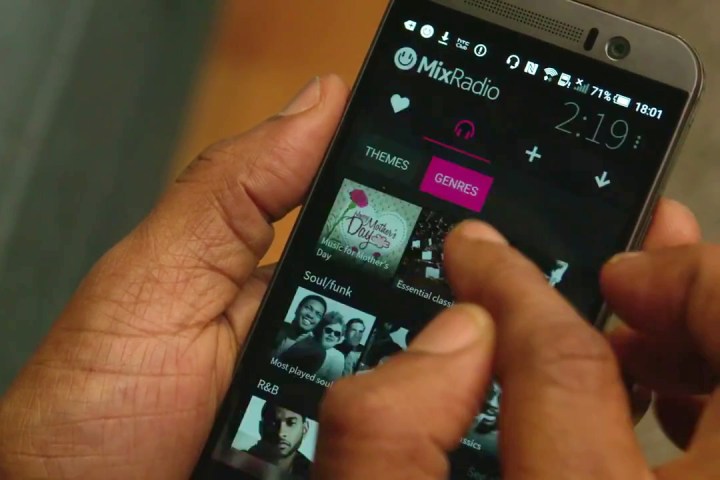
Today Line, mainly known for the messaging app of the same name, announced that it would be shutting down MixRadio, which it acquired in December 2014. No specific final date was given, but the service will be discontinued in “the coming weeks.”
“After a careful assessment of the subsidiary’s overall performance, the financial challenges posed by the music streaming market, and priorities of Line Corporation, Line has determined that future growth would be difficult to ensure and decided to discontinue the MixRadio music streaming service,” the company wrote in the press release announcing the closure.
Before it was acquired by Line, MixRadio was owned by Microsoft, who in turn had acquired it when it acquired Nokia in 2014. Prior to its acquisition, Nokia had been considering splitting out MixRadio into a standalone service.
For a long time, MixRadio was one of the rare apps that was exclusive to Windows Phone. Last year, the service finally saw apps released for both iOS and Android devices, but by then it was tough to gain ground with so many competitors already firmly entrenched.
While Line continues to gain traction around the world, the company’s core focus is Asia. In addition to messaging, the company continues to operate its own Line Music service in Japan and Thailand.
Streaming as a whole is on the rise, but it seems that the radio paradigm isn’t as in demand as it once was. Last week reports surfaced that Pandora, progenitor of the Internet radio streaming service, was in talks to be sold. The company still boasts a large user base, but

